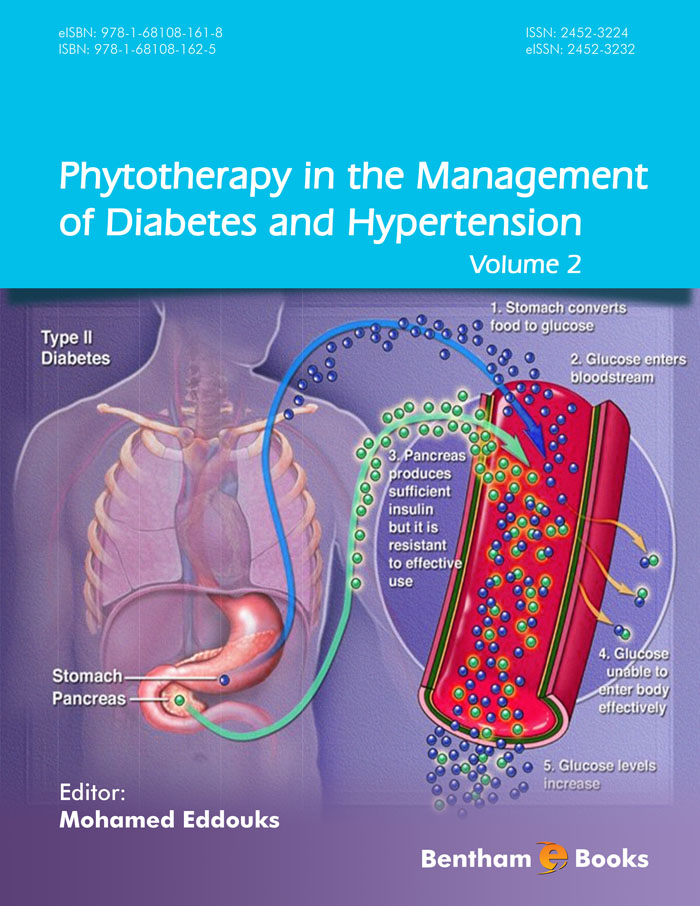Introduction
Phytotherapy has the potential to give patients long term benefits with less or no side effects. This is the second volume of the series. This volume brings 11 chapters that cover updates on general phytotherapy, traditional Chinese medicine as well as information on anti-diabetic and antihypertensive herbs (including Senna spp., Curcumin, Carum carvi, Premna serratifolia, Eugenia jambolana and more). The monographs presented within this volume give several details necessary for pharmacopoeial data for quality assurance of pharmaceutical products derived from these specific plant sources: botanical features, distribution, identity tests, purity requirements, chemical assays, active or major chemical constituents, clinical applications, pharmacology, contraindications, warnings, precautions, potential adverse reactions, and posology. Hence academic and professional pharmacologists or clinicians will find comprehensive information on a variety of therapeutic agents along with guidelines for applying them in practical phytotherapy of diabetes and hypertension.

